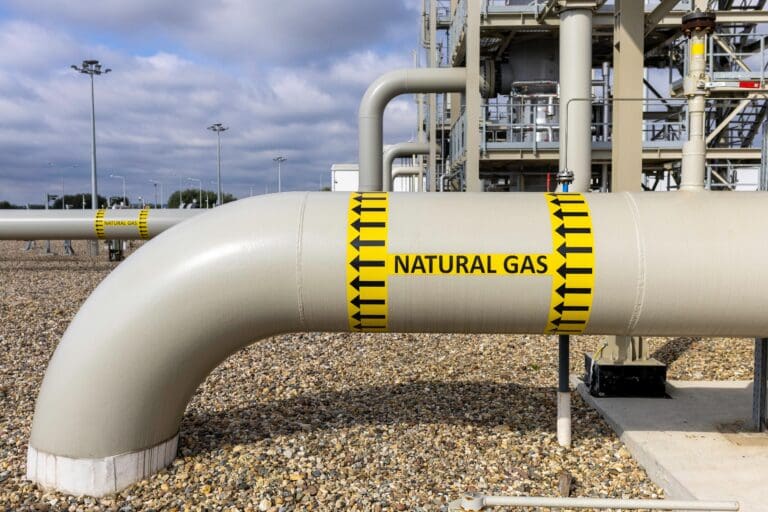Modern inline inspection tools offer an unequalled method to rapidly inspect pipeline systems for a range of damage mechanisms and have undoubtably assisted reduction of incident rates within the pipeline industry. Cost of inline inspection can be high; in costs of preparation such as cleaning pig runs, increase of headcount on or in controlled installations, cost of reduced production in addition to the actual cost of the inspection by the ILI tool.
Inspection tool efficacy is therefore a key consideration, particularly in cases where secondary costs in addition to the actual ILI tool vendor cost are comparatively high. In these cases, the overall cost benefit analysis of ILI tool can give an increased incentive to contract the best technology and tool available. Commonly the data driving the cost benefit analysis is provided by the specific ILI tool vendor; so how can operators verify the claims of the ILI vendors and prove comparative ILI tool efficacy between vendors under real-world operating conditions?
Recent advances in computational capability of commonly available computer hardware has enabled increased capability in analysis conducted on large datasets. This includes the
capability to conduct statistical analysis of every feature detected by multiple inline inspections across many individual pipelines.
The authors combine techniques commonly used to predict corrosion growth rate such as statistical correlation of inline inspection results, with many inline inspection datasets and
advanced data science techniques. The various techniques utilised by the authors to analyse the claimed probability of detection and sizing tolerances of various ILI tools are broadly based on regression modelling with additional techniques where required for algorithm optimisation.
The authors will detail a typical anonymised output of statistical analysis of multiple ILI vendors and ILI tools and will explain the insights that this can provide, irrespective of ILI vendor claimed specifications. The authors will demonstrate that the methodology allows an unbiased analysis of ILI tool capability under real-world operating conditions, and how this can be used to better inform the cost benefit analysis process used when selecting a specific ILI vendor and ILI tool.
Download Technical PaperRelated Insights

Pipeline Performance vs Dust
In the latest integrity issue of World Pipelines, Penspen Asset Integrity experts explore how dust impacts the integrity, reliability, and safety of gas transmission and distribution systems, and...

A New Landscape: Our People – Nick Molnar
Nick is a Senior Pipeline Integrity Engineer at Penspen. Since joining the team in November 2024 and relocating from Canada to Abu Dhabi, he’s been an integral part of Penspen’s Centre of...

Reliability Centred Maintenance: Safeguarding Operations by Managing the Consequences of Failure
Maintenance is often viewed as a costly necessity, yet it is fundamental to ensuring that assets and systems continue to deliver their intended functions safely, reliably, and efficiently. In a...

Repurposing: Pass or Fail?
In the August issue of World Pipelines, Penspen’s Integrity Engineers Luke Fahy and Ben Cowell and Executive Vice President of Technical Excellence Nigel Curson delve into one of the most pressing...




